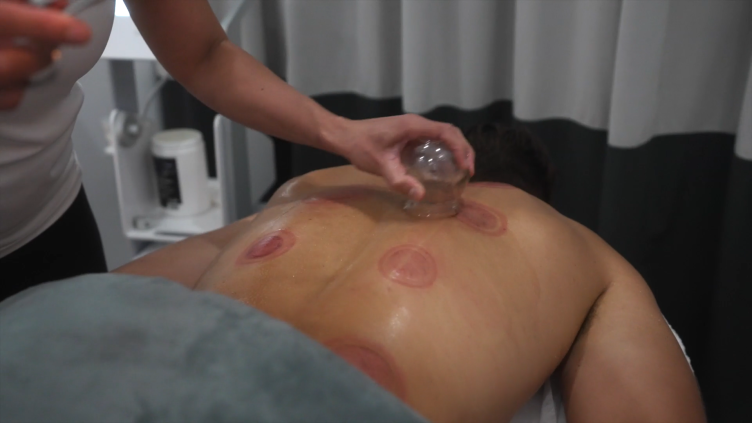Which to Choose: Localized or Whole-Body Cryotherapy?
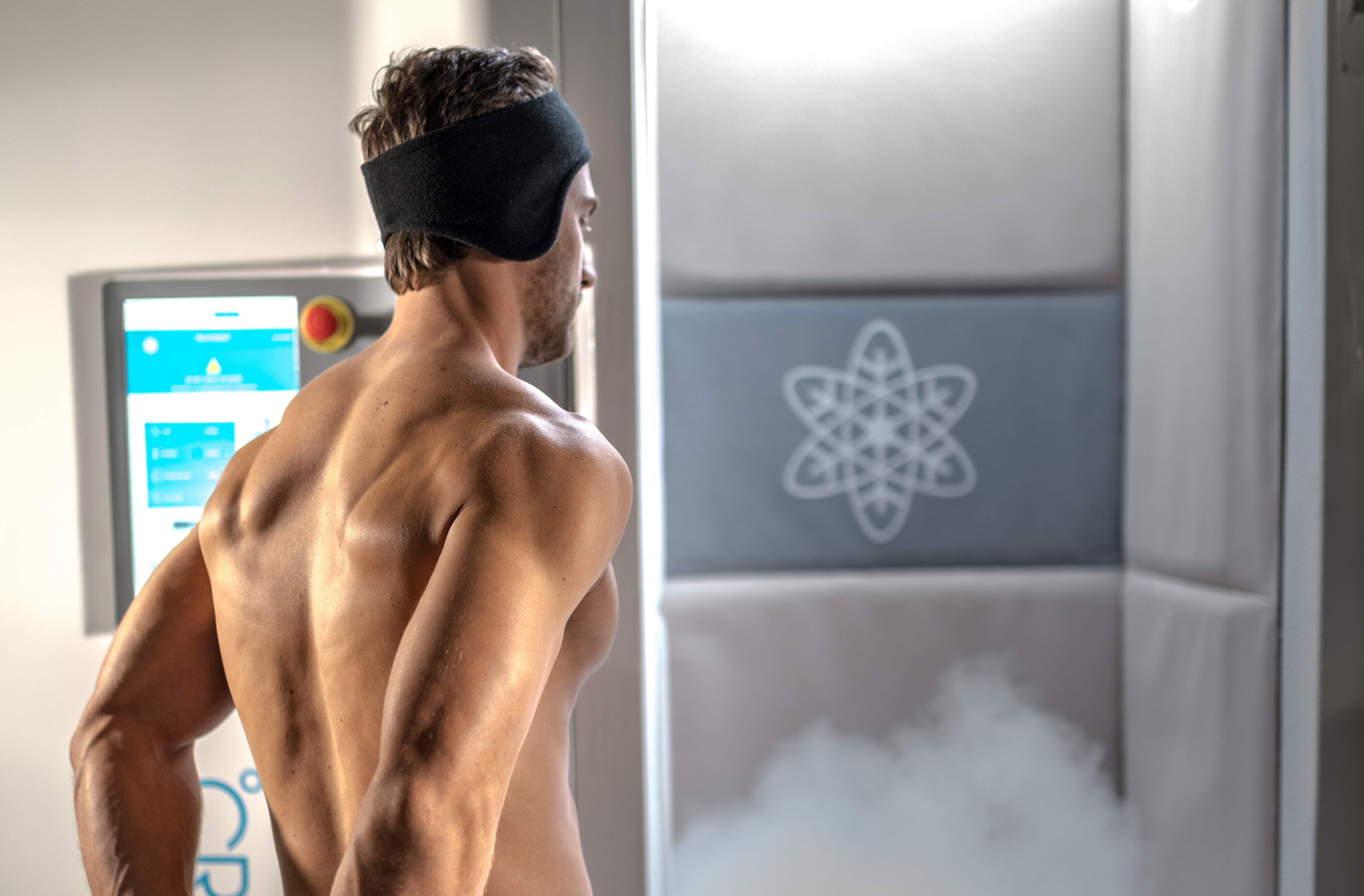
Cryotherapy is associated with low temperatures and extracting energy. Two typical applications are localized cryotherapy and whole-body cryotherapy, two different modalities with noticeable different effects…. which to choose and when?
Defining Local and Whole-Body Cryotherapy
The word “Cryotherapy” originates from the Greek words: “cryo” = cold, and “therapeia” = cure, local cryotherapy comprises the use of an ice pack, crushed ice, cold water or air pulsed cryotherapy in a local manner, a specific area of the human body. In the remaining part of this blog we will consider the relatively new air pulsed technology as the technique for local cryotherapy to make comparison possible. Air pulsed cryotherapy is typically applied in multiple sets of 4-5 minutes at -30°C/-22°F with 1-minute rest in between two sets.
Whole body cryotherapy is a non-invasive therapy. During whole-body cryotherapy short bursts of extreme cold are given to the outer surface of the body to stimulate physiological reactions. A typical exposure session is between 2-4 minutes at a temperature between -100°C/ -166°F and -180°C/-292°F.
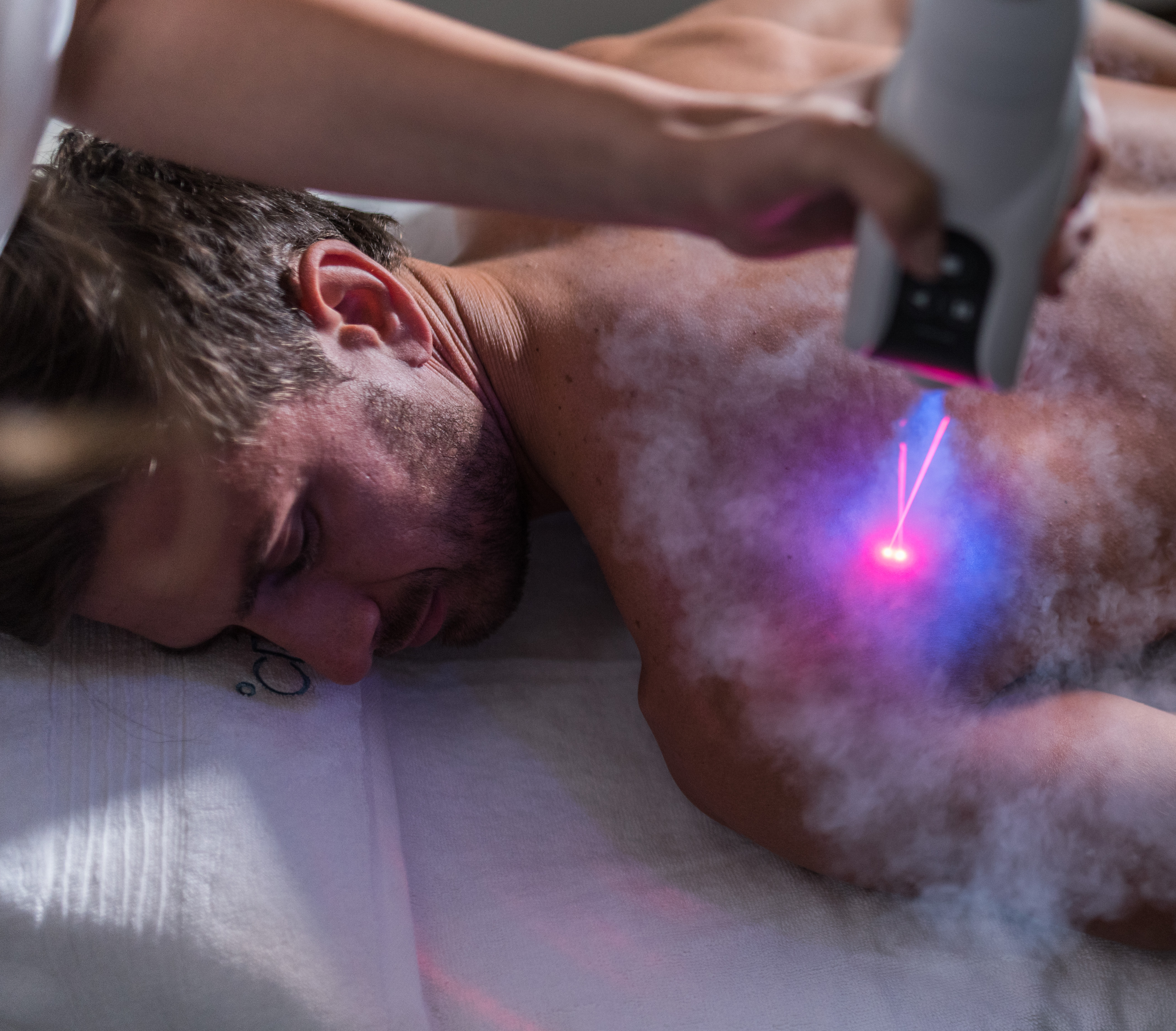
Local and Systemic Effect on the Human Body
Applying cold and heat to humans, like using an ice pack, immersion into cold water or exposure to whole body cryotherapy, has a significant impact. Humans are endothermic homeotherms, we can produce our heat via our metabolism and therefore maintain homeostasis. It is imperative for us to keep our core temperature within a narrow range, typically between 36.2°C/97.2°F and 37.7°C/ 99.8°F.1For thermoregulatory responses, we consider the central core body temperature and the peripheral shell (which consist of the skin temperature, subcutaneous tissue, and muscles). Any difference between the temperature information for the receptors and the set point temperature induces a thermoregulatory response, either stimulate heat production or heat dissipation. Heat production is derived from cellular metabolism at rest or a side product from external activity. Heat loss, defined as heat transfer between body and an external environment, occurs through heat convection, heat radiation, heat conduction, and heat evaporation, always from hot to cold.
Next, to a systemic response to cold, we define a direct local response to tissue metabolism. The cold extracts heat and lowers metabolism of the tissue, thereby reducing oxygen demand and in case of trauma preserving unaffected tissue, a phenomenon called limiting secondary injury.
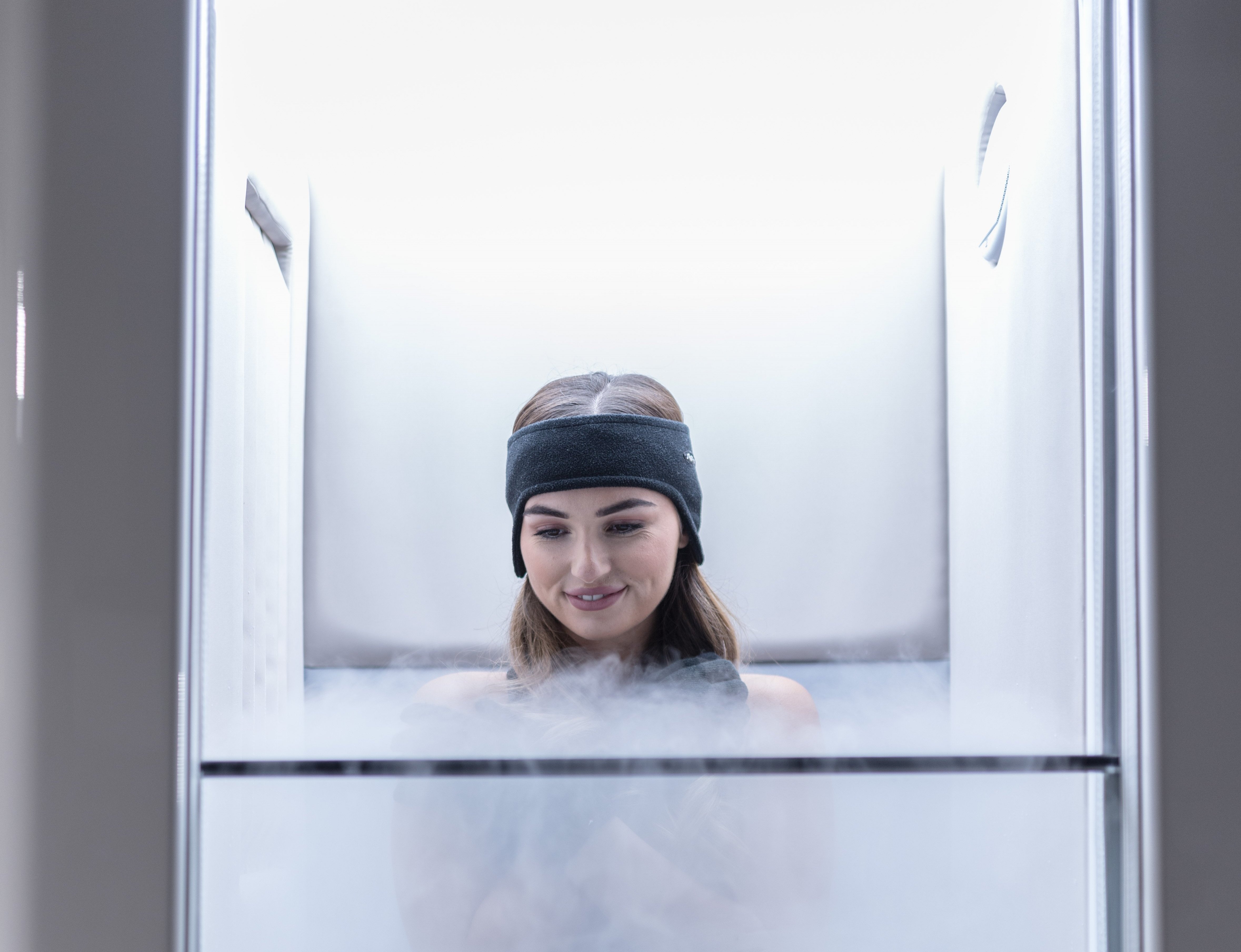
Local and whole-body cryotherapy should be regarded as a therapeutic modality – a technique that delivers a physical agent to the body for therapeutic or stimulatory purposes. These modalities involve the application of the correct form of energy, based on the stage of inflammation, that best promotes healing or recovery.
Main Effects of Local and Whole-Body Cryotherapy
Cooling is about extracting energy, and the necessary heat transfer depends on thermal conductivity. This thermal conductivity depends on different factors like the length of the application, the amount of surface area, but also on the heat transfer coefficient. This coefficient is much smaller for air- (0.0024) compared to for example water (0.58) or crushed ice (2.5). Accordingly, different temperature effects will be reached when using an ice pack compared to the air pulsed technology. For air pulse and whole-body cryotherapy, the human body is not in direct contact making convection most responsible for the amount of heat loss.
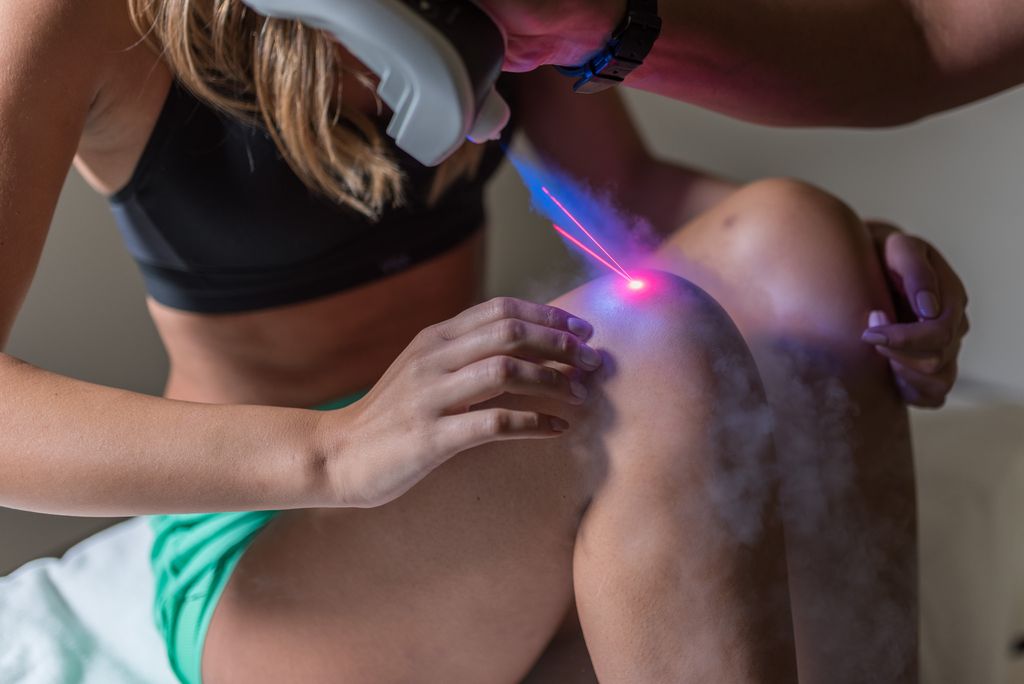
An average skin temperature drop following an air pulsed cryotherapy session is 23-25°C/ 39-45°F2, and as this technology is relatively new, no data is yet available on the effect on core- and muscle temperature. An average whole-body cryotherapy session causes a general skin temperature drop of 8°-18°C/ 14-32°F, a decline in core temperature of 0-0.3°C/ 0-0.5°F and a muscle temperature drop 1.6°C/2.9°F at three cm/1.2in of depth.3,4Considering these differences, different effects will occur, and various indications are described which are summarized in respectively table 1 and table 2.
Table 1: Effect Elements for Local and Whole-Body Cryotherapy

Table 2: Indications for Local and Whole-Body Cryotherapy
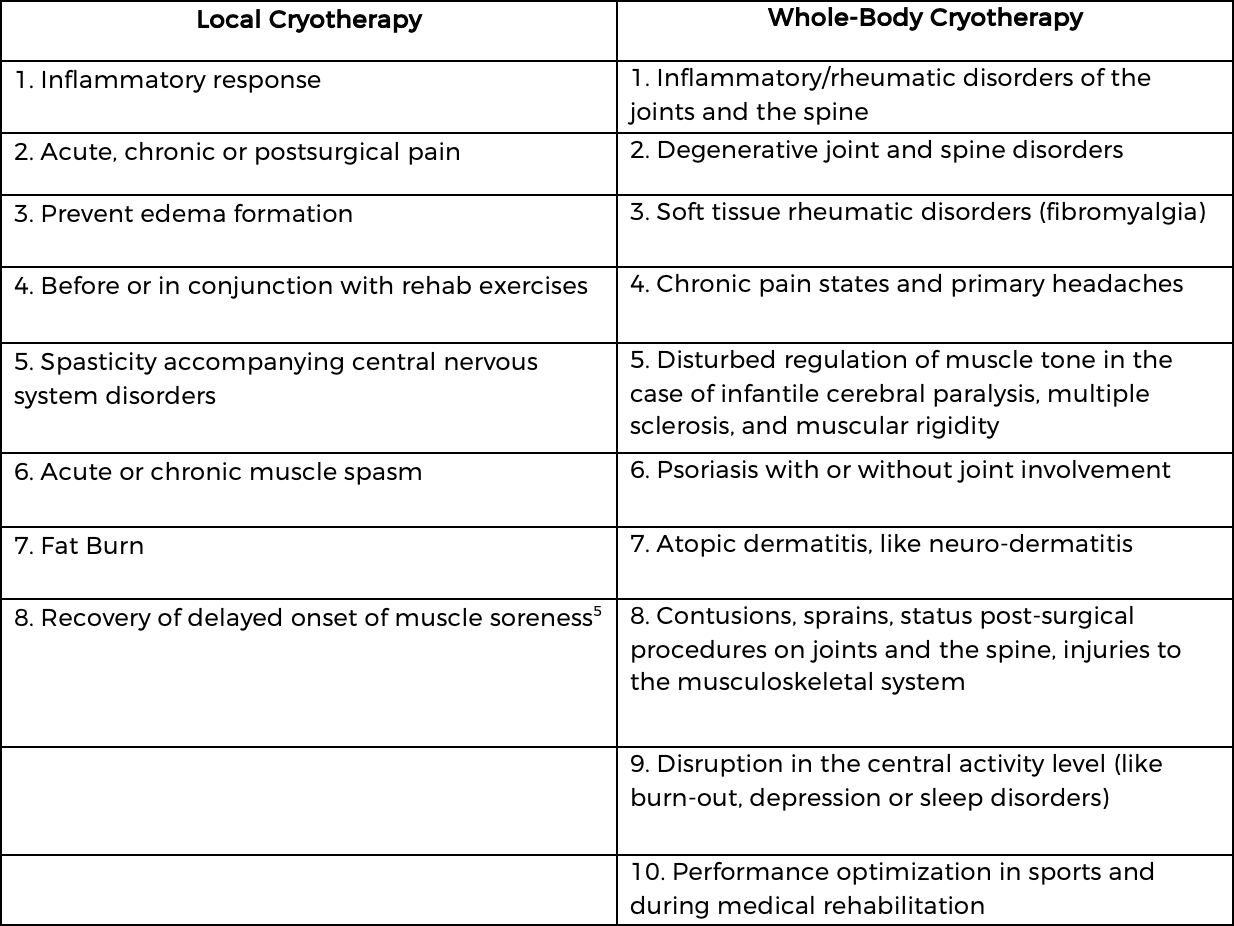
Like expressed in one of our previous blogs in which we compared the use of cold water immersion with whole body cryotherapy, clinical decision making is essential when using one of these therapeutic modalities. The usage of either local or whole-body cryotherapy should be determined by the best available research, clinical expertise of the practitioner and regarded as an adjunct to the global approach. Local and whole-body cryotherapy should be considered as two different modalities which both have significant potential in the field and could easily be implemented besides each other.
References:
1. Horvath, S. M., Menduke, H. & Piersol, G. M. Oral and rectal temperatures of man. J Am Med Assoc144, 1562–1565 (1950).
2. Guilhem, G. et al.Effects of air-pulsed cryotherapy on neuromuscular recovery subsequent to exercise-induced muscle damage. Am J Sports Med41, 1942–1951 (2013).
3. Selfe, J. et al.The effect of three different (-135°C) whole body cryotherapy exposure durations on elite rugby league players. PLoS ONE9, e86420 (2014).
4. Costello, J. T., Culligan, K., Selfe, J. & Donnelly, A. E. Muscle, skin and core temperature after -110°c cold air and 8°c water treatment. PLoS ONE7, e48190 (2012).
5. Doungkulsaa, A., Paungmalia, A., Henry Joseph, L. & Khamwong, P. Effectiveness of Air Pulsed Cryotherapy on Delayed Onset Muscle Soreness of elbow flexors following eccentric exercise. Polish Annals of Medicine25, 103–111 (2018).





